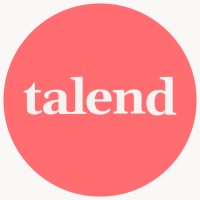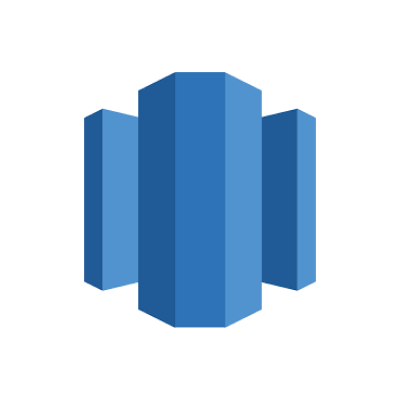Compare - Panoply VS Databricks
Here’s the difference between Panoply and Databricks. The comparison is based on pricing, deployment, business model, and other important factors.
About Panoply
Panoply provides a real-time data warehouse and management platform for non-DBAs. The product offers data management of real-time feeds from different sources without the requirement of expertise from DBA or IT operations analysts. It enables businesses to aggregate data that can be queried and connected to BI tools. The features include automated data transformation, data schema modeling, dashboard, and query optimization. The clients of the company include GoDaddy, SAUCEY, SPANX, Shinesty, etc.
About Databricks
Databricks provides a data lakehouse that unifies your data warehousing and AI use cases on a single platform. With Databricks, you can implement a common approach to data governance across all data types and assets, and execute all of your workloads across data engineering, data warehousing, data streaming, data science, and machine learning on a single copy of the data. Built on open source and open standards, with hundreds of active partnerships, Databricks easily integrates with your modern data stack. Additionally, Databricks uses an open standards approach to data sharing to eliminate ecosystem restrictions. Finally, Databricks provides a consistent data platform across clouds to reduce the friction of multicloud environments. Today, Databricks has over 7000 customers, including Amgen, Walmart, Disney, HSBC, Shell, Grab, and Instacart.
Comparison Table
| Overview | ||
|---|---|---|
| Categories | Data Warehouses, ETL Tools | Data Warehouses, Data Lakes |
| Stage | Mid Stage | Late Stage |
| Target Segment | Enterprise, Mid size | Enterprise, Mid size |
| Deployment | SaaS | SaaS |
| Business Model | Commercial | Commercial |
| Pricing | Free trial | Freemium, Contact Sales |
| Location | California, US | San Francisco, US |
| Companies using it | ||
| Contact info |
Add to compare



